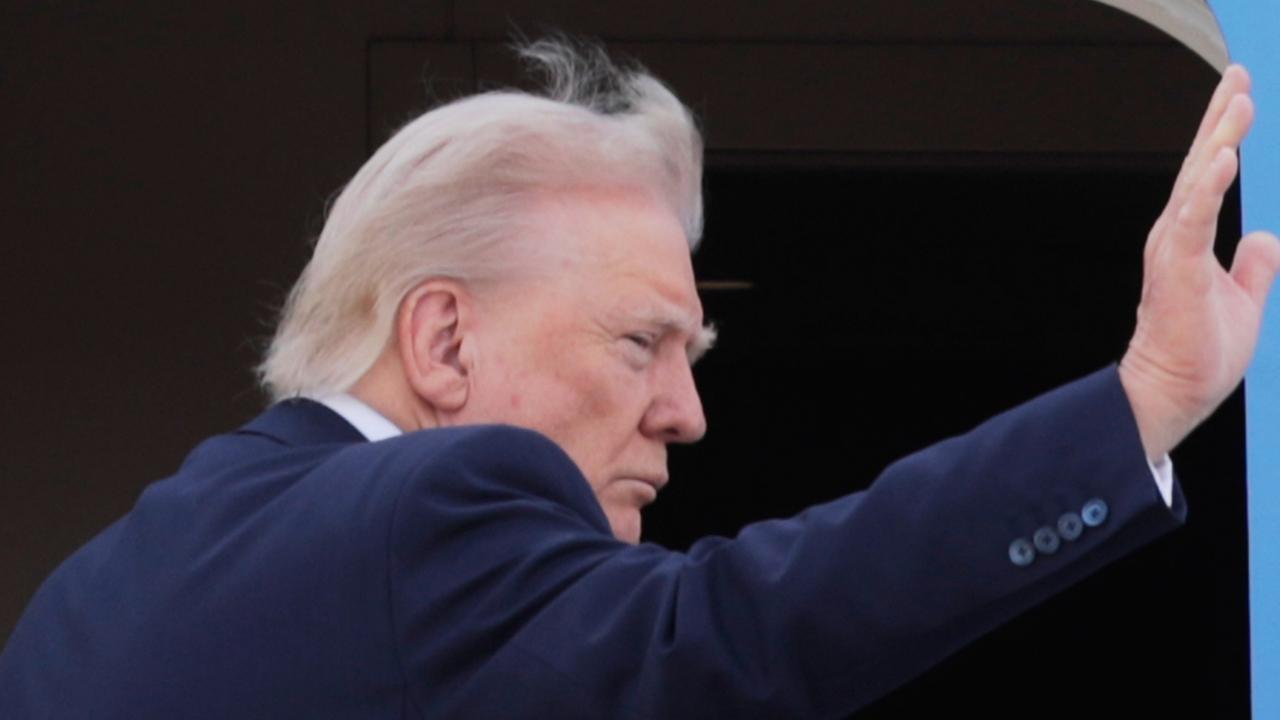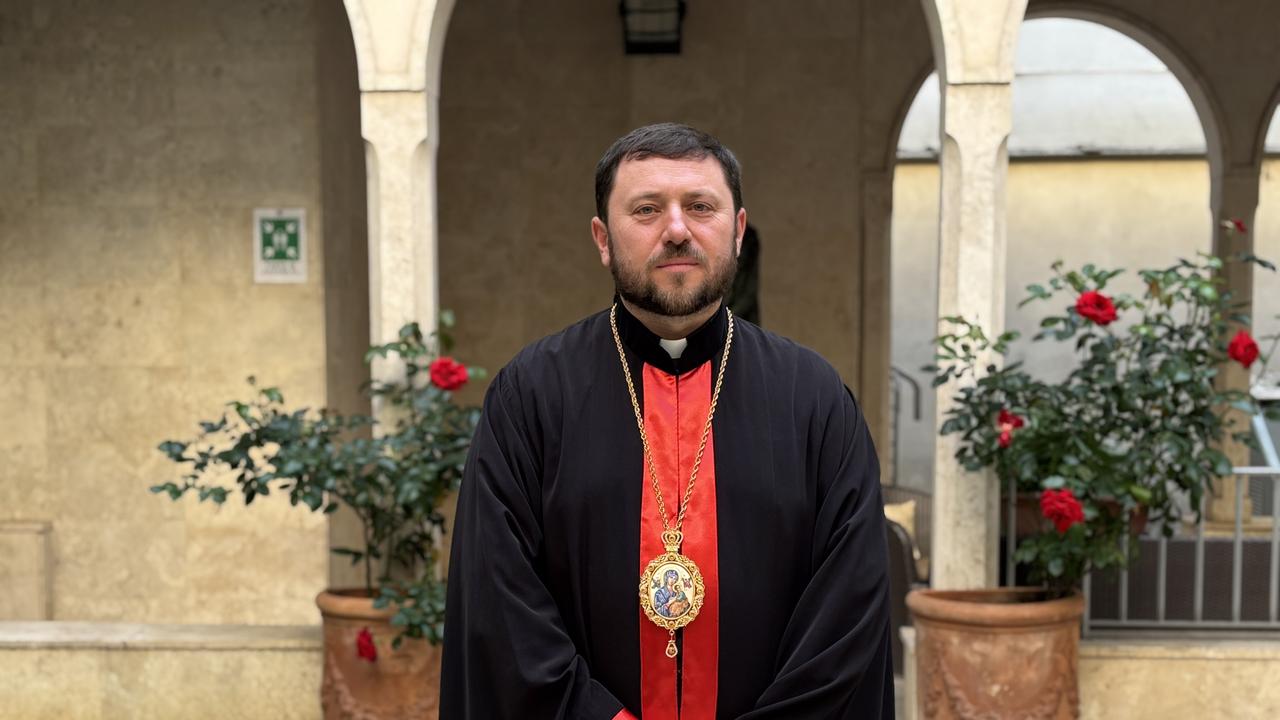Russia fires ‘new’ ballistic missile in Ukraine: What it means for the world
In an address to the nation after firing a ‘new’ missile, Vladimir Putin hinted was capable of unleashing a nuclear payload the Kremlin strongman did not rule out strikes on the West.
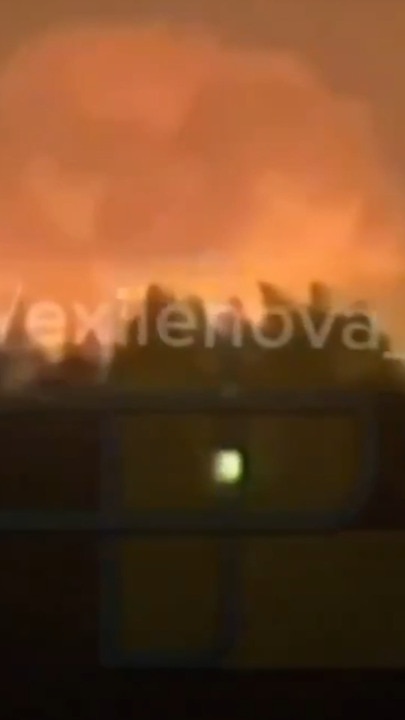
World
Don't miss out on the headlines from World. Followed categories will be added to My News.
Russian President Vladimir Putin has addressed the nation to respond to days of escalation in the Ukraine conflict.
Mr Putin said Moscow had fired a new generation intermediate-range ballistic missile on Ukraine and warned that the conflict was taking on a “global character”.
It comes after six US-made ATACMS tactical missiles were aimed at Russia on November 19, and then on November 21, UK-made Storm Shadow and US-made HIMARS systems in a combined attack, struck military facilities in Russia’s Bryansk and Kursk regions, he said.
In his address on Thursday local time, Mr Mr Putin said that the conflict in Ukraine had characteristics of a “global” war and did not rule out strikes on Western countries.
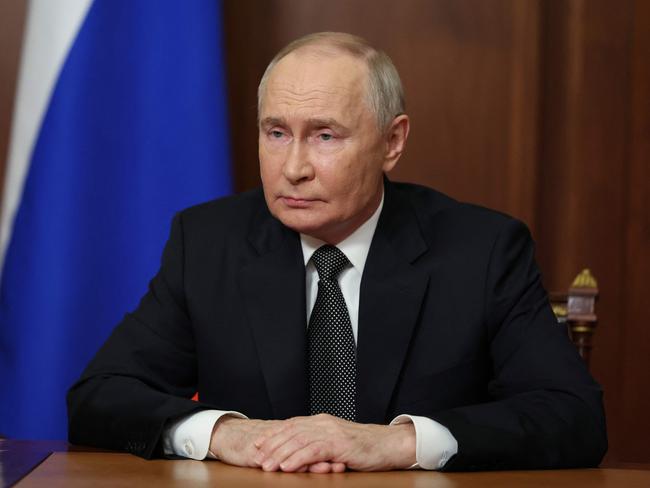
“We will address the question of further deployment of intermediate and shorter-range missiles based on the actions of the United States and its satellites. We will determine the targets for further tests of our newest missile systems on the basis of threats to the security of the Russian Federation,” Mr Putin said in his address.
“We consider ourselves entitled to use our weapons against the military facilities of those countries that allow their weapons to be used against our facilities. In the event of an escalation of aggressive actions, we will respond just as decisively and symmetrically.”
Ukraine’s attack came after Washington this week said it had cleared Ukraine to use its ATACMS against military targets inside Russia – a longstanding Ukrainian request.
The green light from both countries for use of the weapons is in response to Moscow’s deployment of North Korean troops on the border.
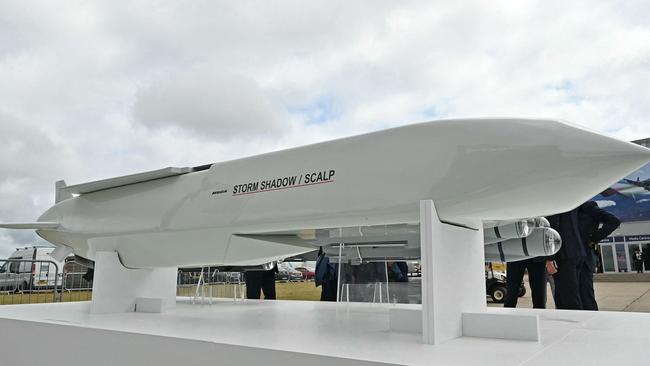
WHAT MISSILE DID RUSSIA USE?
Russia informed the United States that it was going to launch a new hypersonic missile 30 minutes before firing it at Ukraine, according to the Kremlin.
“The Russian side warned the Americans about the launch of ‘Oreshnik’,” through an automatic nuclear de-escalation hotline,” Kremlin spokesman Dmitry Peskov told the TASS news agency.
Ukrainian President Volodymyr Zelenskyy said experts were examining evidence before confirming an intercontinental ballistic missile had been fired by “our crazy neighbour”.
He said that the attack bore “all the characteristics” of an ICBM attack and accused the Kremlin of “using Ukraine as a testing ground”.
A US official played down the threat, saying on condition of anonymity that the missile used was not an ICBM but an “experimental medium-range ballistic missile” – seemingly confirmed by Mr Putin’s address. Russia “likely possesses only a handful of these”, the official added.
Nations across their globe are conducting their own urgent investigations into whether Russia truly did fire an ICBM, which has a range of 6000km, at Ukraine as they carefully measure their response.
WHAT IMPACT DID RUSSIA’S ATTACK HAVE?
Ukraine’s air force said it had downed missiles launched on the industrial city, without elaborating on whether the new missile was among those downed.
The head of the Dnipropetrovsk region where the city of Dnipro is located said the Russian aerial bombardment damaged a rehabilitation centre and several homes, as well as an industrial enterprise.
“Two people were wounded – a 57-year-old man was treated on the scene and a 42-year-old woman was hospitalised,” said the official, Sergiy Lysak.
Fabian Hoffmann, a research fellow at the University of Oslo, who specialises in missile technology, said Russia had nothing to gain militarily by using an ICBM in such an attack.
“This is all about the political effect. This is not about the military value,” Hoffmann told AFP.
WHAT WAS UKRAINE’S REACTION TO RUSSIA’S RETALIATION?
Mr Zelenskyy reiterated his assertion about the ICBM at them in a video posted to Telegram.
“(Putin) is so afraid, he is already using new missiles,” Mr Zelenskyy said.
“And he is looking around the world for other places to find weapons: now in Iran, now in North Korea.
“It is obvious that Putin is using Ukraine as a training ground. It is obvious that Putin is afraid when there is simply a normal life around him. When people just have dignity. When the country simply wants to be and has the right to be independent.
“Putin is doing everything he can to prevent his neighbour from slipping out of his hands. And I thank all Ukrainian men, all Ukrainian women who protect Ukraine from this evil – steadfastly, bravely, firmly. Worthily. This is one of the main words about Ukraine – dignity. And this is a word that will probably never be said about Russia.”
Mr Zelenskyy added a brutal assessment of his adversary.
“Today, our crazy neighbour has once again shown who he really is and how he despises dignity, freedom, and human life in general,” Mr Zelenskyy said.
WHAT MISSILES DID UKRAINE USE AGAINST RUSSIA?
The Storm Shadow / SCALP is an air-launched long range weapon designed for pre-planned attacks against fixed targets.
Able to be operated in extreme conditions, the weapon offers operators a highly flexible, deep-strike capability based around a sophisticated mission planning system.
The ATACMS is a surface-to-surface missile system launched from a mobile vehicle, with a range of 160 to 305 km, depending on the model.
For months, the Biden administration refrained from allowing Ukraine to use ATACMS against Russian targets, citing fears of escalating the conflict.
However, the White House approved its use after North Korea deployed thousands of troops to Russia’s Kursk region, where Moscow has concentrated over 50,000 soldiers in an effort to reclaim territory lost to Ukraine during a rapid offensive in August.
WHY DID THIS HAPPEN NOW?
While there are various theories about what occurred — ranging from mistaken reports to a last-minute shift in President Joe Biden’s decision — some experts suggest it may have been a case of “strategic ambiguity,” intended to catch Moscow off guard before it could take steps to minimise the impact.
Experts suggest that by launching a surprise strike in an unexpected area, Ukraine maximised the effectiveness of its attack.
Russia, caught off guard, would have been less prepared to defend against the strike or to move its military assets out of range of the ballistic missiles.
“It’s either the policy was actually the more generous and more encompassing one … and perhaps it was just misreported in all the breaking news that came out the other day,” Institute for the Study of War’s George Barros told The New York Post.
“The other sort of circumstance is that we did this — and it would be crafty and the first time that we actually sort of got smart — and we implied, signalled and telegraphed that it was going to be just in a certain area, when, in reality, it’s the more encompassing one,” Mr Barros continued.
“In this case, we surprised the Russians with this sort of strike — which is a smart thing, and the sort of thing that, you know, a superpower like the United States should be doing.”
More Coverage

Originally published as Russia fires ‘new’ ballistic missile in Ukraine: What it means for the world
Read related topics:Explainers




